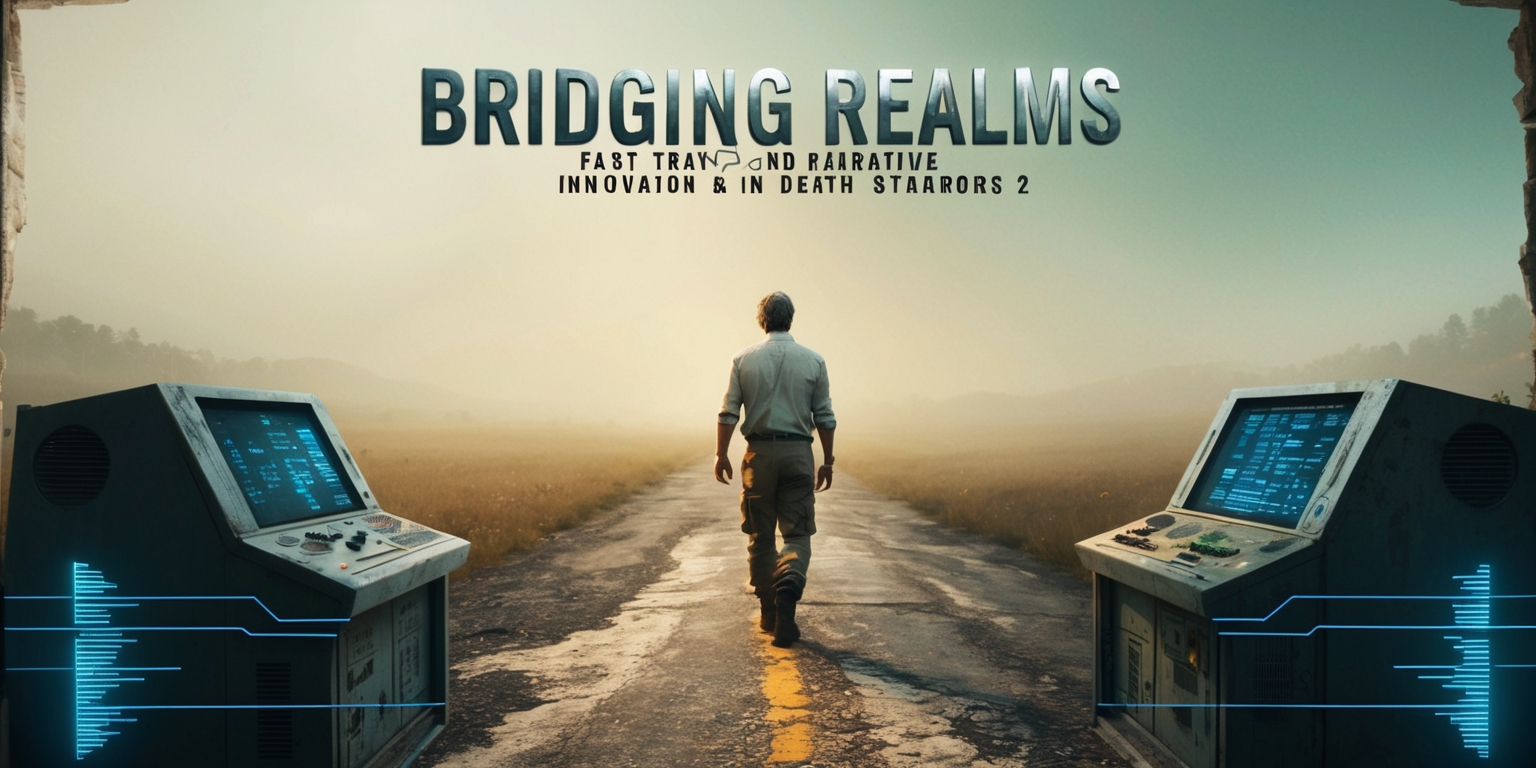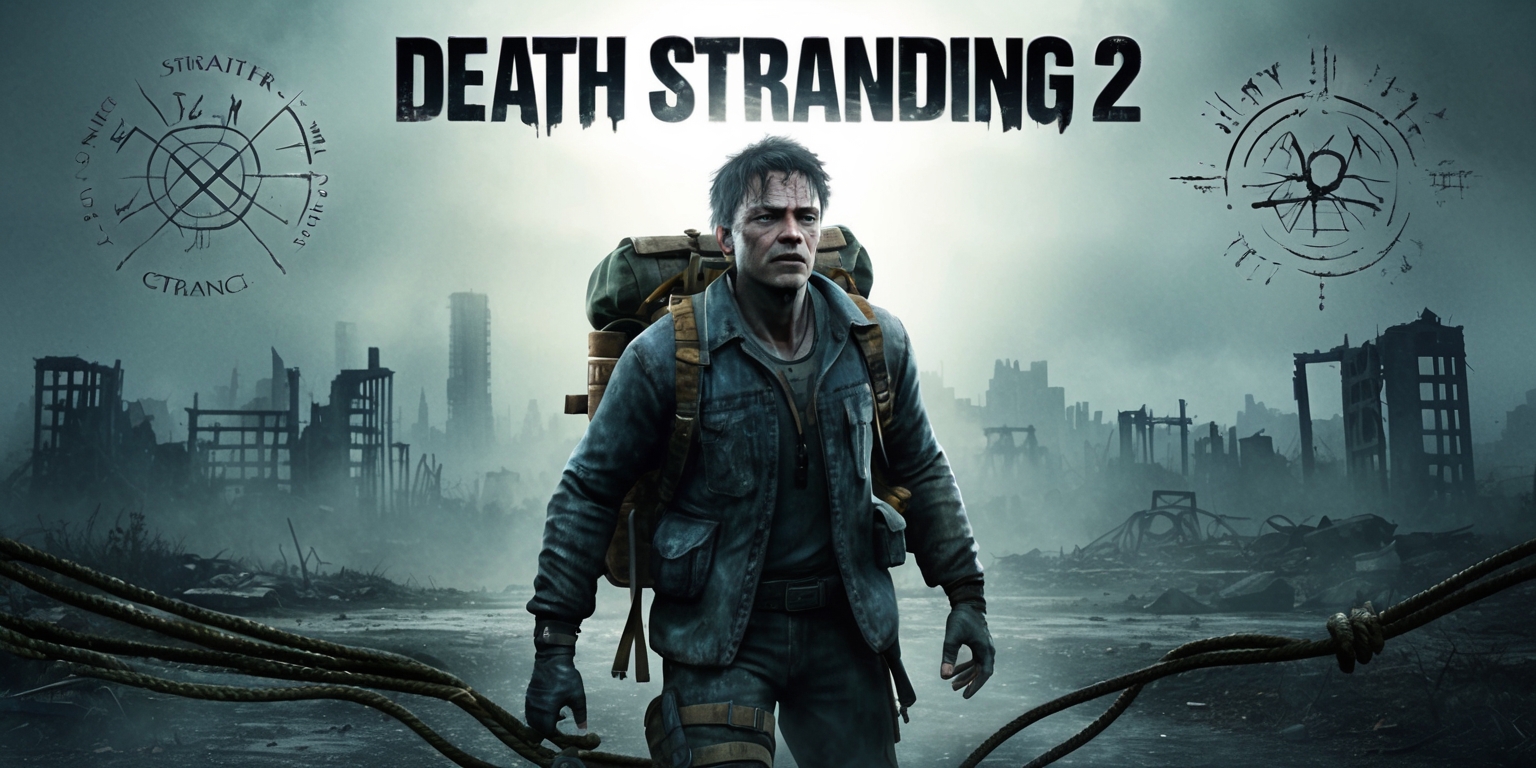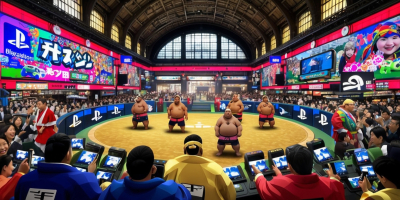Bridging Realms: Fast Travel and Narrative Innovation in Death Stranding 2

The world of Death Stranding 2 unveils a complex network of travel and transport that not only serves to ease movement across vast landscapes but also integrates deeply into the game's narrative progression. Exploring the hidden mechanics, players discover that unlocking the fast travel function enhances both efficiency and immersion. This system, centered around the DHV Magellan, challenges gamers to navigate through critical missions, face formidable opponents, and achieve a seamless transition between previously visited locations. As this transport method intertwines with the storyline, it offers insights into advanced gameplay mechanics and new strategic choices that resonate with the broader themes of connectivity and exploration.
Progressing Through the Narrative to Unlock New Possibilities
In Death Stranding 2, the journey to fast travel begins with critical milestones in the campaign. A pivotal moment occurs when players complete Order Step 12: Examine the anomalous tar flows in the vicinity of F1 section of the game requires venturing into the West Fort Knot region located in the western segment of the map. Here, the natural landscapes and environmental hazards meld with the narrative to form an immersive experience. As players traverse treacherous terrains and overcome obstacles, they slowly unlock the potential for advanced travel options. This progression not only rewards exploration but also sets the stage for subsequent challenges, establishing a balanced relationship between narrative development and gameplay perfection that continuously engages and challenges players.
Encountering Formidable Challenges in the Field
Upon reaching a significant turning point in the campaign, players come face-to-face with a monstrous mechanical adversary. This imposing entity, featuring multiple tentacle-like appendages and intricately designed weak points, introduces a fresh layer of challenge into the game. While the battle requires a tactical approach in targeting specific areas such as its central features and glowing circular vents, it also emphasizes the advantage of coordinated movement and precise strategy. The encounter serves as a rite of passage, where overcoming the mechanical threat not only advances the storyline but also reinforces the player's growing mastery of combat mechanics. Thus, the confrontation acts as both a narrative pivot and an engaging test of skill, highlighting intricacies of combat design.
Exploring the Mechanics of the DHV Magellan
The DHV Magellan stands as a centerpiece in Death Stranding 2’s fast travel system. Unlike traditional transportation methods, this device offers instantaneous relocation based on specific geographic and narrative criteria. The unlocking process integrates seamlessly into the progression, whereby interactions with key characters such as the base commander and Fragile add layers of context to the device’s capabilities. Once the command is executed, the Magellan enables players to teleport to locations that have been previously encountered and integrated into the Chiral Network. This integration ensures that the fast travel system is not just a gameplay convenience but a narrative element that emphasizes connectivity, bridging the gap between exploration and story. Its design underscores both technological innovation and narrative depth.
Navigating the World Map and Utilizing Fast Travel

The world map in Death Stranding 2 serves as an essential tool for planning strategic movements and executing rapid travel. In the upper-right section of the map interface, players are prompted with the "Chart Course" action, a critical function that reveals various fast travel nodes. By holding down the designated button, new destinations become visible—each representing locations that have been visited before and are connected within the Chiral Network. These nodes are both a hub for exploration and a testament to the player’s journey across intricate terrains. The process of selecting a destination triggers the online teleportation of the DHV Magellan, ensuring that adventurers can quickly transition to areas where crucial deliveries or battles may soon unfold, thereby seamlessly marrying exploration and rapid transit.
The Evolution of Delivery Systems and Mission Efficiency
The incorporation of fast travel reshapes how players manage deliveries and missions throughout the game. The DHV Magellan’s teleporting function is particularly beneficial when transporting delicate cargo or items that require rapid intercession. This mechanism allows players to optimize their delivery routes and ensure that time-sensitive tasks are executed with precision. At times, the use of fast travel might impact the final order evaluation, influencing how settlements rate the completion of tasks. However, the trade-off is often worth the speed it offers, especially when missions involve urgent transport of fragile or perishable goods. This dynamic forces players to balance efficiency with potential impacts on their overall performance metrics, adding a strategic dimension to gameplay that enriches the overall experience.
The Role of Environmental Connectivity in Gameplay Design
Beyond mere mechanics, fast travel in Death Stranding 2 encapsulates the broader theme of reconnecting a fragmented society. The Chiral Network, already an integral part of the game’s lore, underpins the travel system through its technologically advanced design. Unlocking nodes and connecting previously isolated locations reinforce the narrative’s emphasis on unity and interdependence. This environmental connectivity is brought to life via the DHV Magellan, which symbolizes physical and metaphorical bridges between disparate regions of the map. As players engage with these systems, they gain not only functional advantages such as decreased travel time but also insights into the game’s overarching commentary on communication, survival, and the human spirit in a digitally fragmented world.
Integrating Strategic Combat Elements with Travel Mechanics
Combat encounters in Death Stranding 2, especially those involving elaborate and multi-faceted foes, are integrated tightly with fast travel mechanics. The strategic engagement with a mechanical adversary, for example, is designed to prepare players for scenarios where quick repositioning may be required during or after encounters. The battle tests the player’s ability to adapt, with the DHV Magellan playing a potential role in repositioning or escaping post-conflict scenarios. Emphasizing precision in targeting critical weak points, the combat mechanics serve dual purposes: honing the player’s reflexes and ensuring that strategic decisions, such as choosing the right moment to engage fast travel, are fully considered. This synthesis of combat and transit engineering contributes to a rich, multifaceted gameplay experience where tactical decisions significantly impact outcomes.
Understanding the Tactical Importance of Fast Travel in Time-Sensitive Missions
Time-sensitive missions in Death Stranding 2 highlight the tactical importance of having an efficient fast travel system. When players are tasked with delivering crucial cargo or addressing emergencies across the vast in-game world, each moment counts. The DHV Magellan provides a unique solution, enabling instant movement between pre-connected hubs. In numerous instances, the reliability of fast travel is decisive for mission success, particularly when the order evaluation metrics factor in the delivery speed and condition of the cargo. Furthermore, the strategic choice to employ the fast travel method can open up alternative mission paths or provide access to hidden narrative elements, Providing gamers with exclusive in-game perks in addition to… narrative depth. This mechanic ensures that each decision during these missions is carefully weighed against the potential rewards and consequences.
Revolutionizing Cargo Delivery and Movement Mechanics
The integration of the DHV Magellan into Death Stranding 2's design revolutionizes the approach to cargo delivery. As players accumulate a diverse range of deliveries across the expansive map, the need for a rapid transit option becomes increasingly apparent. This innovative travel system is particularly advantageous when transporting goods susceptible to damage or requiring prompt arrival. Such conditions necessitate a mode of travel that minimizes time on the road and reduces exposure to environmental hazards. The game carefully balances the ease of use provided by fast travel against the performance ratings given for each order. By doing so, it embeds a calculated risk-reward dynamic within the decision-making process, prompting players to strategize not only about the physical transportation of items but also about the narrative and empirical consequences of their chosen methodologies.
Emphasizing Innovation through Game World Integration
The practical application of fast travel in Death Stranding 2 is not an isolated feature—it is interwoven with the intricate design of the game world. This integration ensures that as players fast travel to different nodes, they continuously encounter evolving environments that reflect the game's broader themes of isolation, connection, and resilience. The dynamic environments are designed to be both a challenge and an aesthetic feast, with each new destination offering unique visual and interactive elements. The incorporation of the DHV Magellan into the gameplay not only enables efficient transit but also reinforces the narrative’s exploration of advanced technology combating human isolation. As the journey continues, every teleportation and node connection becomes a visual and interactive narrative element, further immersing the player in the evolving world.
Bridging Storytelling and Mechanical Innovation
The fusion of fundamental storytelling with mechanical innovation in Death Stranding 2 is epitomized by the fast travel feature. This element of the game is crafted to be indispensable both from a narrative and a functional perspective. Players experience significant character interactions that hint at technological breakthroughs even before the fast travel option is fully integrated into the gameplay. Character dialogue with figures such as Fragile and the base commander emphasizes that every technological advancement is inherently tied to the game’s themes of unity and perseverance. This blending of narrative and mechanics transforms ordinary movement into a story-driven experience, where every fast travel jump serves as a reminder of the journey’s significance. By doing so, the game offers a multidimensional experience that enriches both the emotional and operational facets of gameplay.












